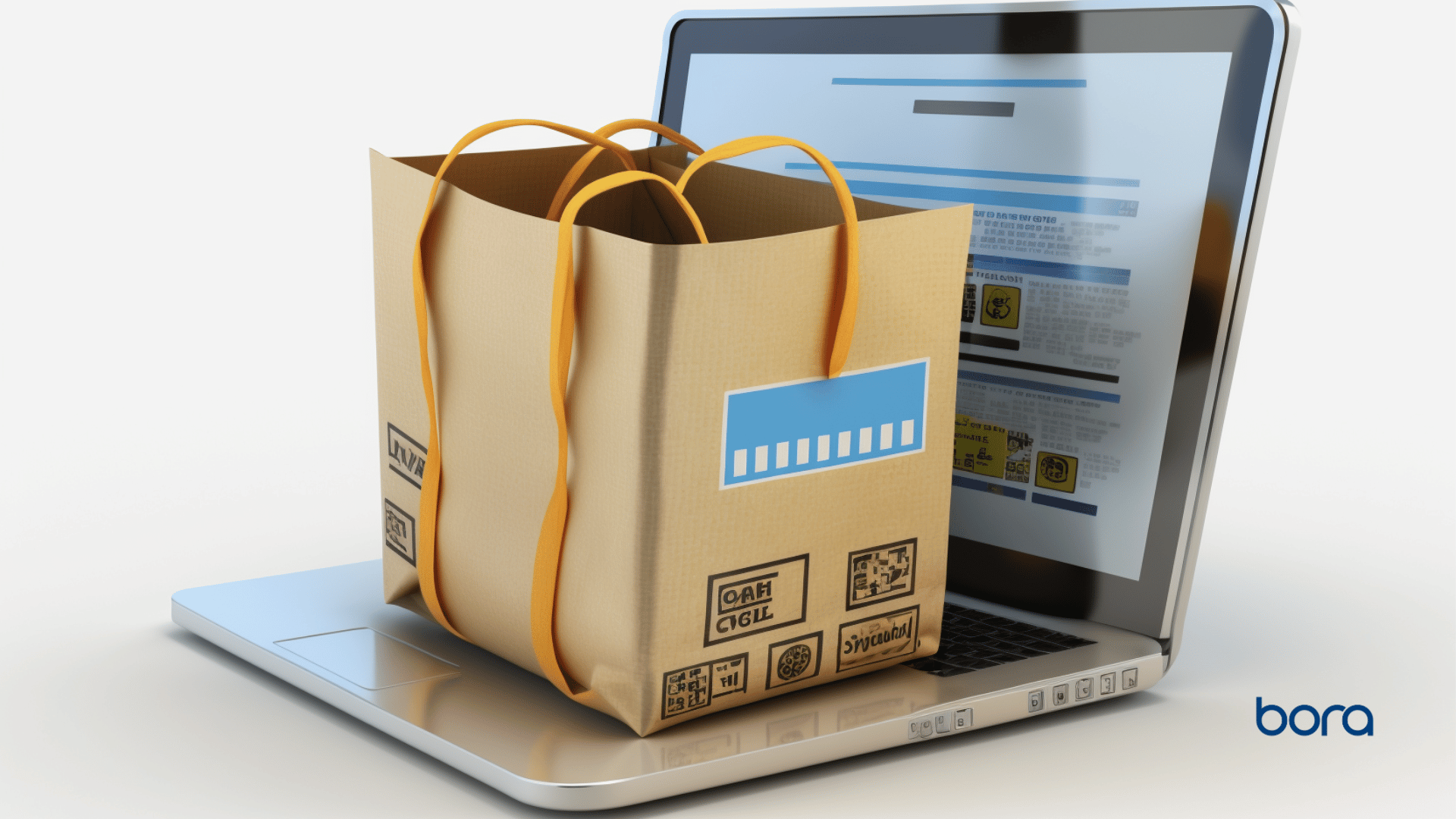A Beginner’s Guide to Creating Content That Converts at Every Stage
Creating content that resonates with your target audience is crucial to a successful content marketing strategy. But creating content that converts at every stage of the buyer’s journey can be a challenge. In this beginner’s guide, we’ll break down the buyer’s journey and provide tips on how to create content that engages and converts at every stage.
Understanding the Buyer’s Journey
The buyer’s journey is the process that a potential customer goes through from the moment they become aware of a problem or need to the point where they make a purchase. It typically consists of three stages:
- Awareness: The buyer realizes they have a problem or need.
- Consideration: The buyer defines their problem or need and researches options to solve it.
- Decision: The buyer chooses a solution and makes a purchase.
To create effective content that resonates with your target audience, you need to create content that speaks to them at each stage of the buyer’s journey.
Creating Awareness-Stage Content
At the awareness stage, the buyer is just becoming aware of their problem or need. This is an opportunity to educate them on their problem or need and introduce your brand as a potential solution. To create effective awareness-stage content:
- Create blog posts, social media posts, and infographics that provide educational content related to your brand or product.
- Use eye-catching visuals and headlines to grab the reader’s attention.
- Use storytelling to connect with the reader on an emotional level.
- Use keywords and phrases that your target audience is likely to use when searching for solutions to their problem.
The goal of your awareness-stage content is to capture the reader’s attention and get them interested in learning more about your brand.
Creating Consideration-Stage Content
At the consideration stage, the buyer has identified their problem or need and is actively researching potential solutions. Your goal at this stage is to position your brand or product as the best solution for their problem. To create effective consideration-stage content:
- Create product comparison guides, case studies, and customer testimonials that showcase your product’s features, benefits, and how it compares to other solutions on the market.
- Use data and statistics to back up your claims.
- Provide solutions to common objections or concerns that your target audience may have.
- Use clear and concise language that is easy to understand.
Your consideration-stage content should provide valuable information that helps the buyer make an informed decision and positions your brand as the best solution.
Creating Decision-Stage Content
At the decision stage, the buyer has decided to purchase a solution and is now deciding which product or service to buy. Your goal at this stage is to provide the information that the buyer needs to make a purchase decision. To create effective decision-stage content:
- Create product demos, free trials, and product guides that show the buyer how to use your product.
- Provide clear and detailed information about the products and/or services you are offering.
- Make it easy for the buyer to contact your sales team with any questions or concerns they may have.
- Use customer reviews and ratings to showcase the quality of your product.
Your decision-stage content should provide the final push the buyer needs to make a purchase.
Creating Post-Purchase Content
Your content marketing strategy doesn’t end after the sale. Post-purchase content is a great way to retain customers and turn them into brand advocates. To create effective post-purchase content:
- Create great onboarding content, such as how-to guides and tutorials, so customers know how to get the most out of their purchases.
- Send follow-up emails that thank the customer for their purchase and provide them with additional resources and information.
- Use customer surveys and feedback forms to gather information on how you can improve the customer experience.
- Provide ongoing support and customer service to address any issues or concerns that customers may have.
Post-purchase content is important for building customer loyalty and creating repeat business.
Repurposing Content for Every Stage of the Buyer’s Journey
Creating content for every stage of the buyer’s journey can be time-consuming and resource intensive. However, repurposing content can help you create content that converts at every step without starting from scratch. To repurpose content for every stage of the buyer’s journey:
- Use blog posts and articles as the basis for social media posts, infographics, and videos.
- Turn customer testimonials and case studies into product comparison guides and decision-stage content.
- Use data and statistics from previous content to create new content for each stage of the buyer’s journey.
By repurposing content, you can create a comprehensive content marketing strategy that speaks to your target audience at every stage of the buyer’s journey.
Conclusion
In conclusion, creating content for every stage of the buyer’s journey is crucial to a successful content marketing strategy. By understanding the buyer’s journey and creating content that speaks to your target audience at each stage, you can build trust and credibility with potential customers and turn them into loyal customers. Remember always to provide valuable information, address common objections and concerns, and make it easy for customers to make a purchase decision. And don’t forget about post-purchase content, which can help you retain customers and turn them into brand advocates.
If you need any help creating content or with your content marketing strategy, we specialize in cybersecurity marketing and can help you reach your goals. Contact us today to get started.




